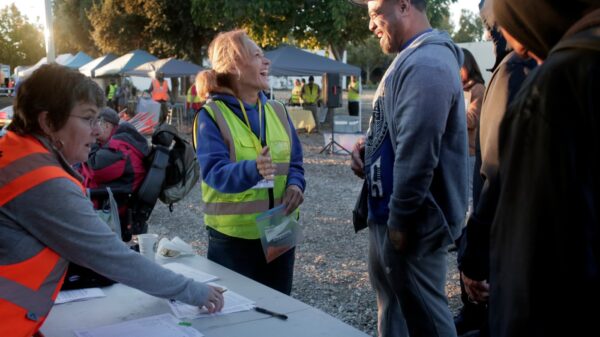The integration of artificial intelligence (AI) into military training and system design is transforming how warfighters prepare for real-world scenarios. Companies such as CAE, a training system developer, and General Atomics, known for its aerospace platforms, are leveraging AI to enhance their modeling and simulation (M&S) capabilities. This shift promises to deliver more realistic training environments and improve operational efficiency.
AI’s application in M&S allows for the creation of more dynamic and realistic training scenarios. By utilizing advanced machine learning algorithms, companies can analyze large datasets generated during training exercises. This data can reveal valuable insights, monitor training events, and identify trends for continuous improvement. For instance, CAE provides training solutions to the US Air Force, US Army, and US Navy, enabling trainers to maximize learning outcomes for service members.
In practical terms, AI can simulate complex combat scenarios with automated computer-generated forces, enhancing the realism of training exercises. Traditionally, assembling the right personnel to fill various roles in a training scenario was costly and logistically challenging. Now, AI can effectively populate these scenarios with intelligent entities that behave in ways that mirror well-trained teammates or adversaries. As Brian Stensrud, technical fellow for artificial intelligence at CAE USA Defense & Security, noted, “The promise of AI is that I can use that to build models of behavior to serve as opponent forces and teammates at varying levels of complexity.” This capability not only reduces the need for large groups of personnel but also enables more focused training sessions.
AI’s role extends beyond training efficiency; it also aids in system development. For General Atomics Aeronautical Systems, the ability to create realistic simulated environments allows engineers to test new capabilities without the costs associated with actual flight testing. Anastacia MacAllister, technical director for autonomy and artificial intelligence at General Atomics, emphasized, “AI/ML is ready; it’s here to stay.” This sentiment reflects the growing reliance on AI tools in the defense sector.
Enhancing Training Through Data Analysis
One of the emerging applications of AI in military training is embedded proficiency analysis. In both tabletop wargames and field exercises, trainers often struggle to balance the demands of conducting effective training while also capturing critical observations and insights. CAE is developing an “omnipresent” AI observer designed to catalog actions during training events, assess performance, and provide feedback to instructors.
This tool aims to generate actionable intelligence that enhances both student and instructor proficiency. However, the effectiveness of such AI applications hinges on the quality and quantity of data available. CAE possesses vast amounts of data from various training platforms, making it possible to identify persistent skill gaps among trainees. For example, if a significant number of students struggle with a particular skill, it may indicate flaws in the curriculum or instructional methods.
Understanding the context of training missions is crucial for effective data utilization. Algorithms analyzing telemetry data, such as speed and location, must align with the specific objectives of each training scenario. As MacAllister stated, “Building data-centric thought processes into organizations is important if they want to be able to use these tools effectively.” This approach ensures that data serves as a valuable resource rather than mere byproduct.
The potential of AI extends beyond training environments. By combining quality data with appropriate AI algorithms, warfighters can develop the necessary tactics, techniques, and procedures before engaging in real-world operations. This not only improves individual skills but also enhances the overall capabilities of aircraft constructed with advanced materials, such as aluminum composites.
As AI continues to evolve, its integration into military training and system design is expected to grow, addressing the challenges faced by today’s defense forces. Both CAE and General Atomics are at the forefront of this transformation, leveraging technology to elevate warfighter skills and adapt to modern threats.






































































